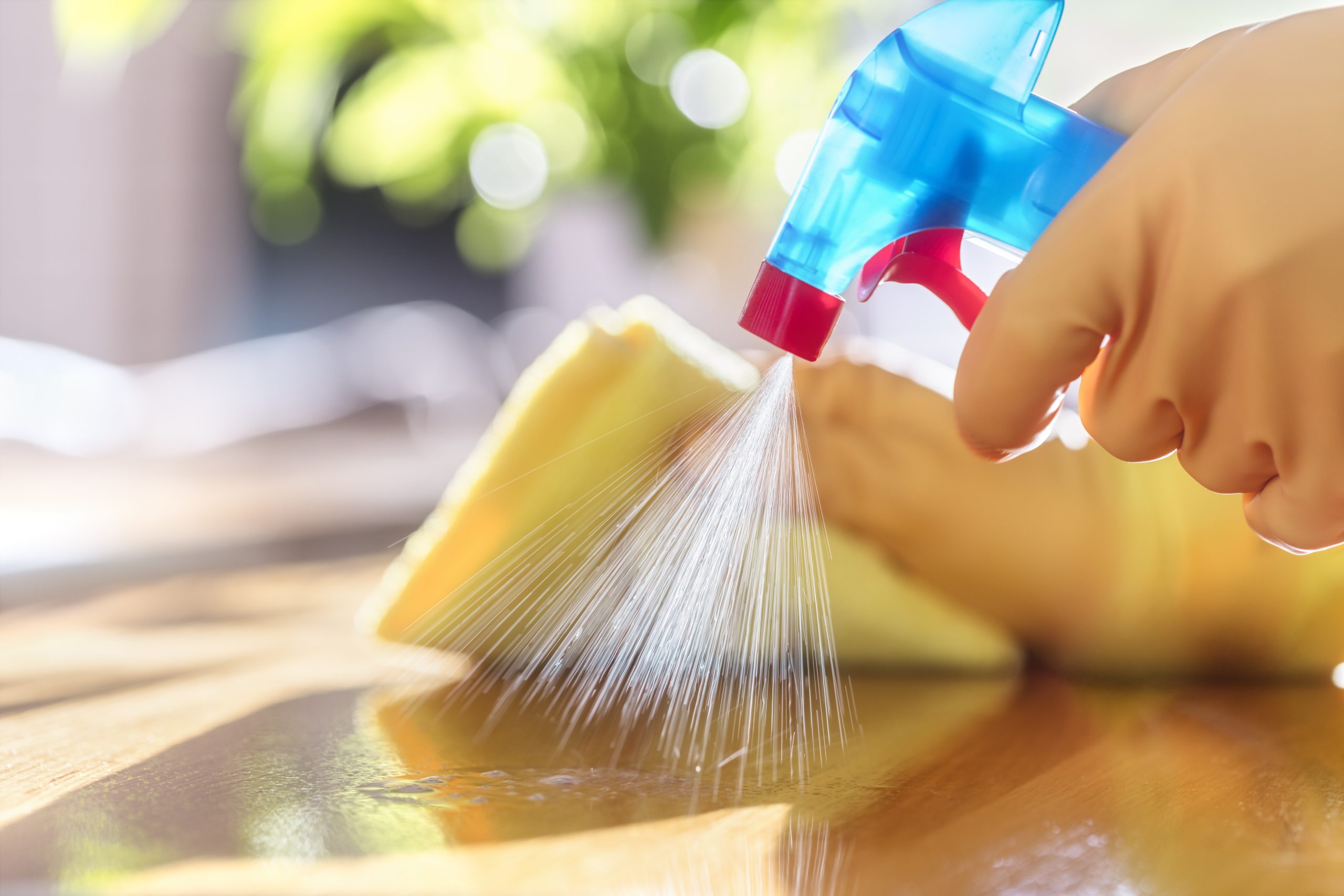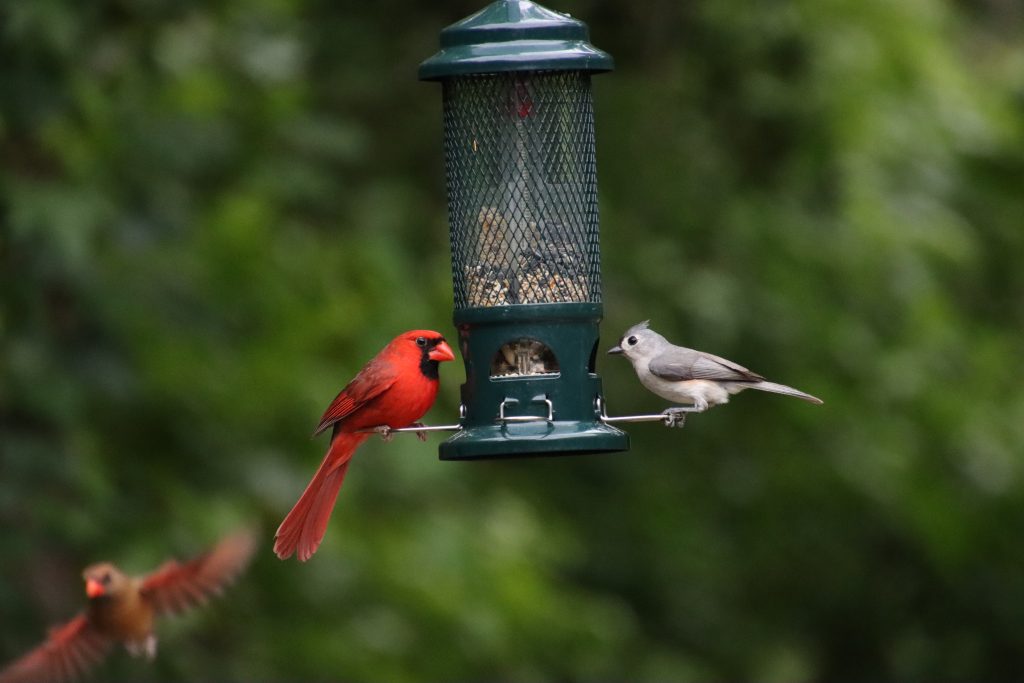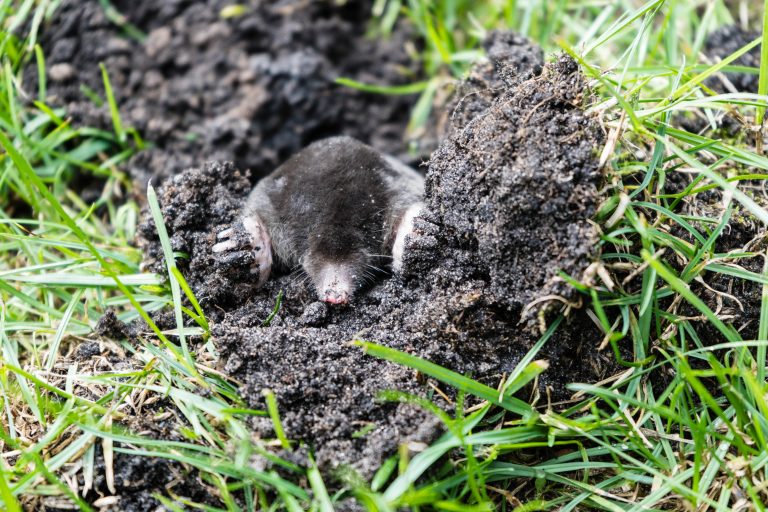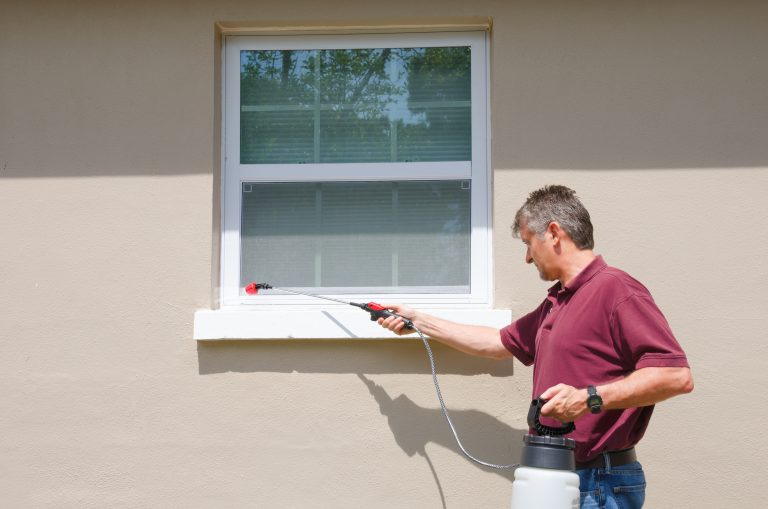8 Ultimate Permanent Pest Solutions for Your Home

Dreaming of a home free from pesky invaders? In this article, we’ll dive into the ultimate permanent pest solutions that will help you maintain a serene, bug-free abode.
Achieving a pest-free home is within reach with the right approach. By preventing infestations rather than just reacting to them, we can create an environment where pests struggle to survive. Beyond mere comfort, it’s about safeguarding our health. Pests can carry diseases and allergens, compromising our well-being. Let’s take action by addressing the root cause.
With a blend of prevention, natural remedies, and modern tools, we can bid farewell to unwanted intruders for good. It’s a journey that demands persistence, patience, and some practical knowledge—this guide serves as your roadmap to success. From sealing entry points to leveraging advanced repellent tech, we’ll ensure pests understand they’re unwelcome.
1. Seal Entry Points Thoroughly

The best offense is a good defense, and when it comes to pests, this means sealing up their entry points with the determination of a castle under siege. Every crack, nook, and cranny is a potential gateway for critters. Start by inspecting your home’s foundation, windows, and doors, and don’t forget about utility openings and vents (they’re like secret passages for pests!).
Hey hey! Don’t forget to subscribe to get our best content 🙂
Once you’ve identified these vulnerabilities, it’s time to get in handy. Use caulk, steel wool, or weather stripping to block their paths. Think of it as setting up a force field around your home—pests shall not pass! And remember, this isn’t a one-time deal. Regular check-ups are crucial because, just like us, homes age and change over time, potentially opening up new entryways.
If you’re dealing with larger pests like rodents, consider installing door sweeps and repairing any broken screens. These critters are like escape artists; if they can squeeze their heads through, the rest of their bodies can follow. So, make sure the seals on your doors and windows are as tight as a drum.
2. Implement Proper Sanitation

A clean home is a happy home—and an unattractive one to pests. They’re on the hunt for two things: food and shelter. By keeping your house spick and span, you’re essentially hanging a “no vacancy” sign on your front door. Start with the basics: store food in airtight containers, dispose of garbage regularly, and don’t let dirty dishes pile up (because for pests, that’s like an all-you-can-eat buffet).
But it’s not just about the kitchen. Regularly vacuuming and dusting can make a huge difference. Pests are like tiny detectives, following the trails of crumbs and debris we leave behind. So, maintaining a clean home is like erasing your tracks, making it harder for them to find a reason to stay.
And let’s talk moisture—pests love it. Leaky pipes and standing water are like oases in the desert. Keep an eye on your plumbing and use dehumidifiers in damp areas of your home. It’s like telling pests, “Sorry, the pool’s closed.”
3. Natural Predators as Allies

Nature has its pest control agents, and they come with feathers, fur, or even multiple legs. Introducing natural predators into your environment can be an eco-friendly way to keep pest populations in check. For example, birds are fantastic at gobbling up insects, so consider installing a bird feeder or birdhouse to invite these aerial allies to your yard.
But birds aren’t the only helpers. Ladybugs and praying mantises are like the superheroes of your garden, taking down aphids and other pests with a voracious appetite. You can attract these beneficial insects by planting certain flowers or purchasing them from garden centers.
And let’s not forget about bats—nature’s misunderstood pest controllers. A single bat can eat thousands of insects in one night! By installing a bat house in your yard, you’re recruiting a nocturnal guardian that works the graveyard shift, keeping your insect problems at bay while you sleep (just be sure to place it away from your home to avoid any bat-related surprises).
4. Strategic Landscaping Tips

Your garden and yard might seem like a separate world, but they’re the first line of defense against pests. Start by choosing plants that are natural repellents, like marigolds, lavender, and citronella. It’s like setting up a scented security perimeter that bugs just can’t stand.
Keep your grass trimmed and your bushes pruned. Overgrown vegetation is like a luxury hotel for pests, complete with hiding spots and shade. By keeping your landscaping tidy, you’re essentially putting up a “no vacancy” sign for pests looking for a cozy home.
Also, be mindful of where you place mulch and firewood. These can be perfect breeding grounds for pests if they’re too close to your home’s foundation. Keep them at least 18 inches away to create a buffer zone. It’s like telling pests they’re not invited to the party at your place.
5. Use of Chemical Deterrents

When all else fails, chemical deterrents can be the heavy artillery in your pest control arsenal. But use them wisely—like a surgeon, not a sledgehammer. Opt for baits and traps over sprays, which can be more targeted and less invasive. And always, always read the label. These products are not to be trifled with.
If you’re not keen on synthetic chemicals, there are plenty of natural options available. Diatomaceous earth, for instance, is a fine powder that can be a nightmare for insects with exoskeletons. It’s like microscopic barbed wire that’s harmless to humans and pets but lethal to pests.
Remember, chemical deterrents should be part of a larger strategy, not a standalone solution. They’re like the final piece in a complex puzzle. And with great power comes great responsibility—so handle them with care and respect for the environment.
6. Regular Home Inspections
Ever heard the saying “An ounce of prevention is worth a pound of cure”? Well, when it comes to pests, regular home inspections are that ounce of prevention. Think of it as a health check-up for your home. You’re looking for signs of pests, sure, but also for conditions that might attract them.
During these inspections, pay special attention to the attic, basement, and any crawl spaces. These out-of-the-way places are like the VIP lounges for pests—quiet, undisturbed, and often full of the resources they need. By catching issues early, you can avoid a full-blown infestation.
And don’t forget the exterior. Look for any changes in the landscaping or the structure that might make your home more appealing to pests. It’s like keeping an eye on your borders, ensuring that the defenses you’ve set up are still holding strong.
7. Advanced Pest Repellent Tech

Welcome to the 21st century, where technology isn’t just for smartphones and smart homes—it’s for smart pest control, too. Ultrasonic repellents emit frequencies that are supposed to be unbearable for pests, driving them away without a chemical in sight. It’s like having an invisible shield around your home.
Then there are smart traps, which can alert you when they’ve caught something, allowing for quick and humane removal. It’s like having a 24/7 pest sentinel that pings you the moment there’s an intruder.
And for those who prefer to keep it tech-free, there are still innovative non-technological options, like pheromone traps, which use pests’ communication methods against them. It’s like setting up a fake meeting and then locking the door behind them.
8. Professional Pest Control Aid
Sometimes, despite your best efforts, you might find yourself outmatched. That’s when it’s time to call in the cavalry—professional pest control services. These folks have seen it all, and they come armed with the knowledge and tools to tackle even the most stubborn infestations.
Consider setting up a regular service agreement. It’s like having a guardian angel for your home, someone who swoops in periodically to ensure everything is running smoothly. Plus, they can offer advice and strategies tailored specifically to your situation.
But remember, not all pest control services are created equal. Do your homework and choose a reputable company with good reviews and eco-friendly practices. It’s like picking a superhero team to defend your home—you want the best of the best.
Maintaining a Pest-Free Zone
The journey to a pest-free home is ongoing. It requires vigilance, routine, and a bit of elbow grease. But the peace of mind that comes with it? That’s priceless. Think of it as tending a garden; you have to keep at it, but the results are worth the effort.
Keep a log of your pest control activities. It’s not just about remembering when to check traps or reapply deterrents; it’s about noticing patterns and staying one step ahead of the pests. And share your knowledge with family and friends. After all, a pest-free community is even better than a pest-free home.
Lastly, celebrate the small victories. Every thwarted ant invasion or mosquito-free barbecue is a testament to your efforts. It’s a sign that you’re creating a safe, healthy, and comfortable home for you and your loved ones. Keep at it, and you’ll find that living pest-free isn’t just a dream—it’s your reality.
Pest control is a journey, but with these ultimate solutions, your destination is a comfortable, pest-free home. Stay vigilant, embrace these strategies, and enjoy the peace that comes with being the master of your domain.




